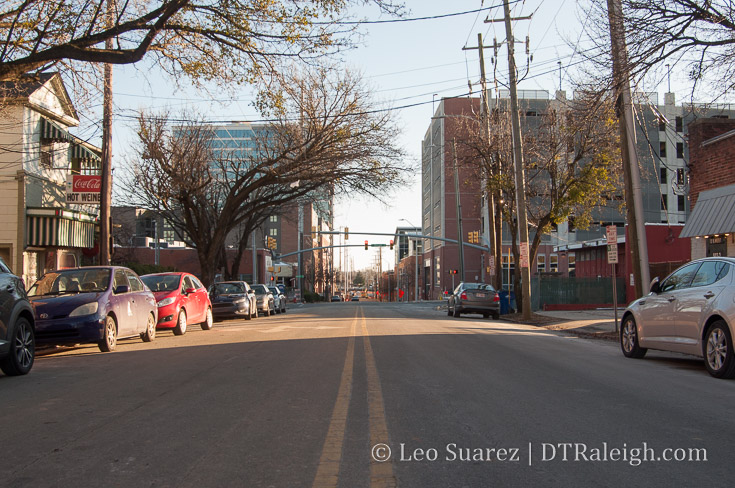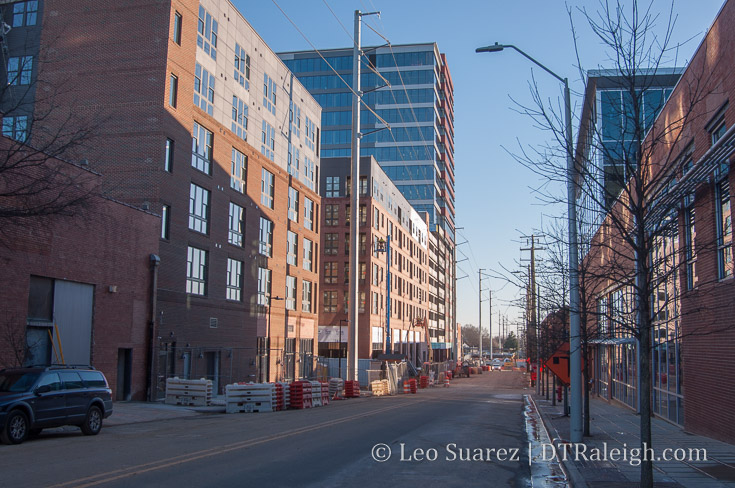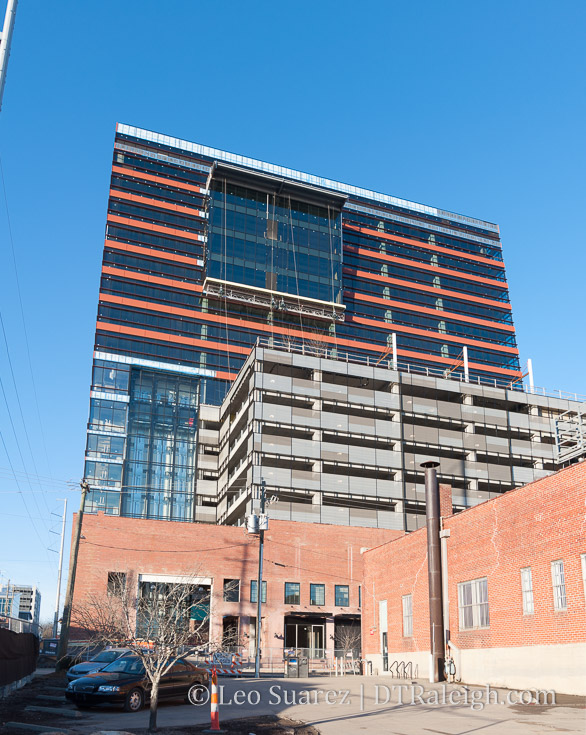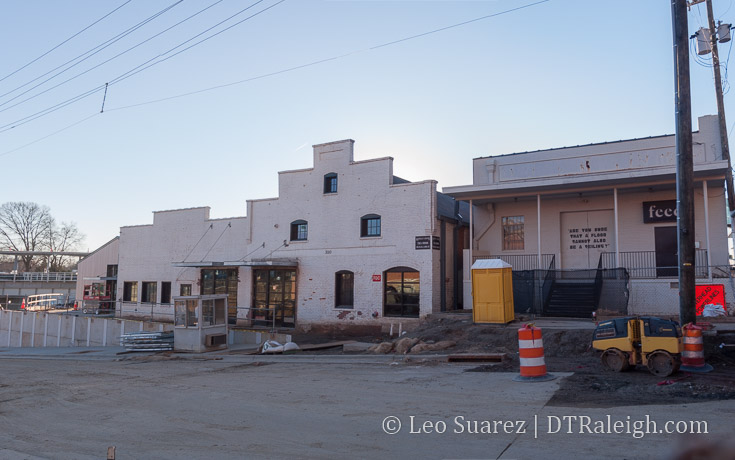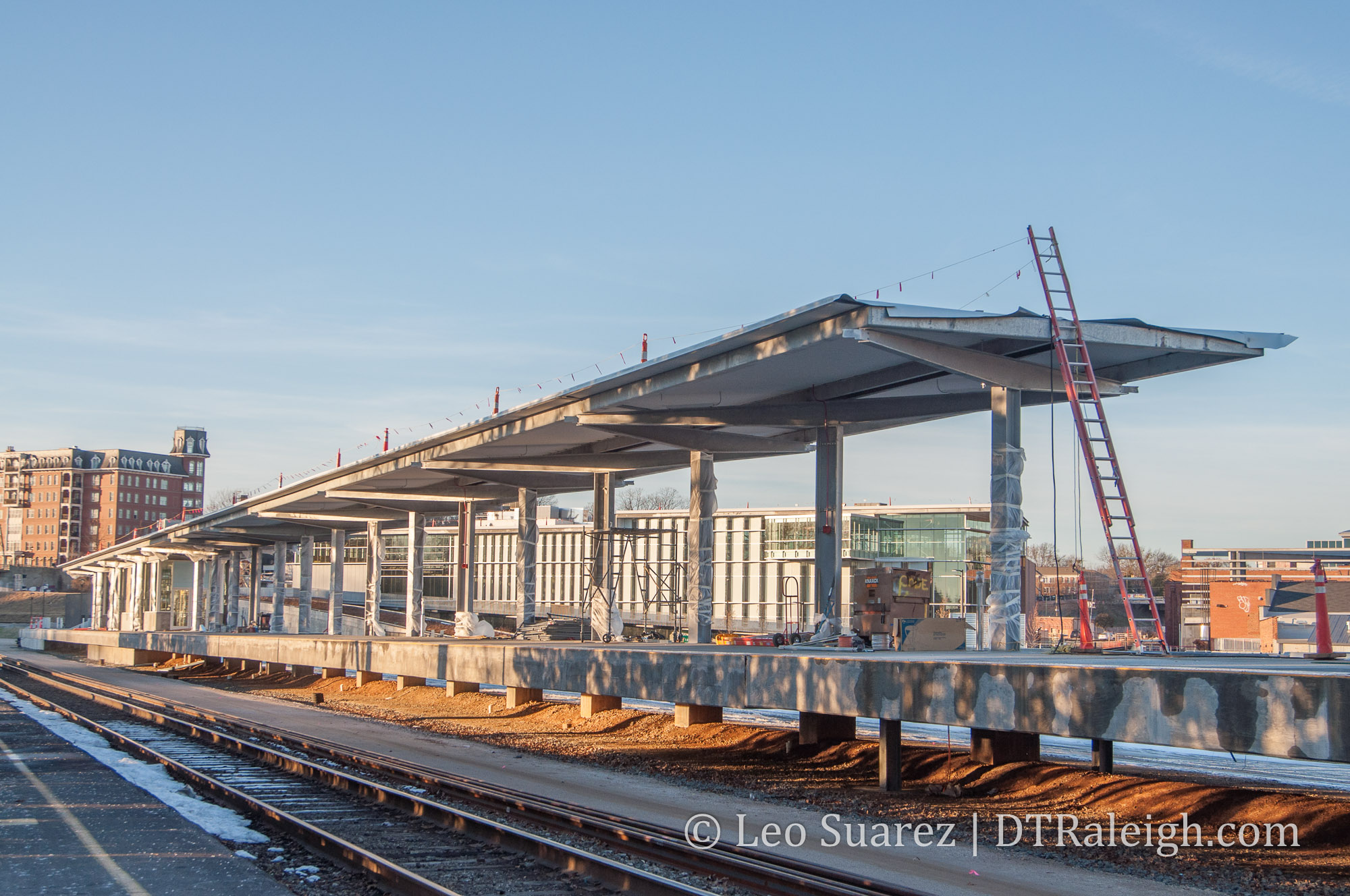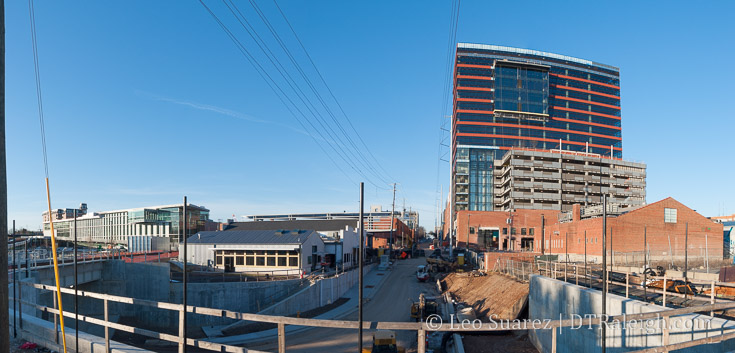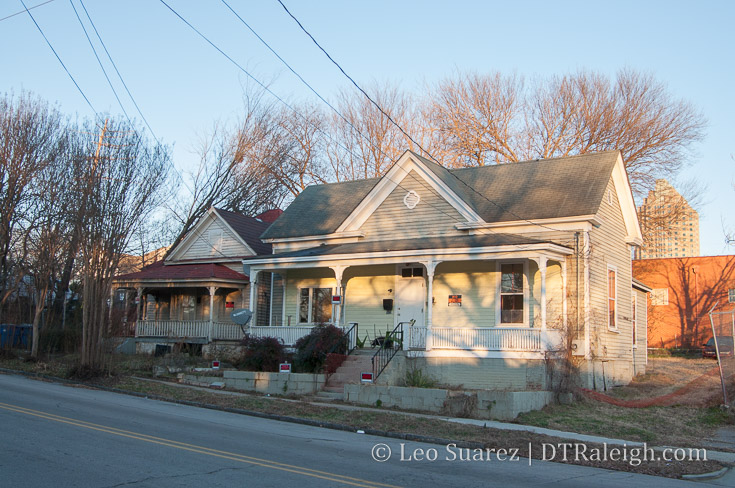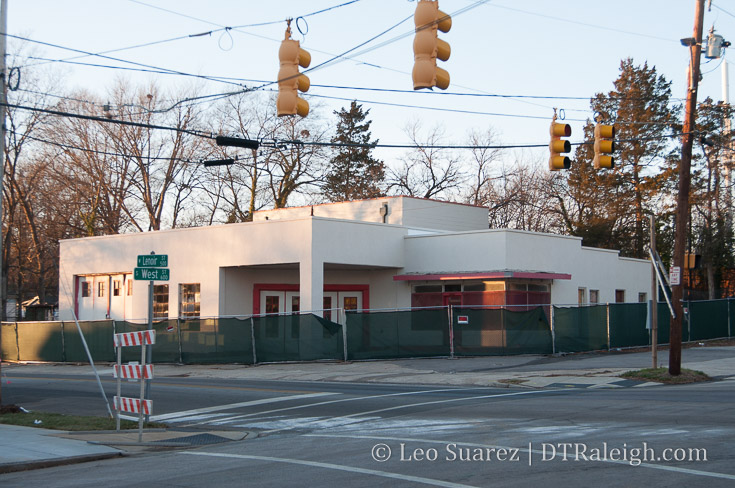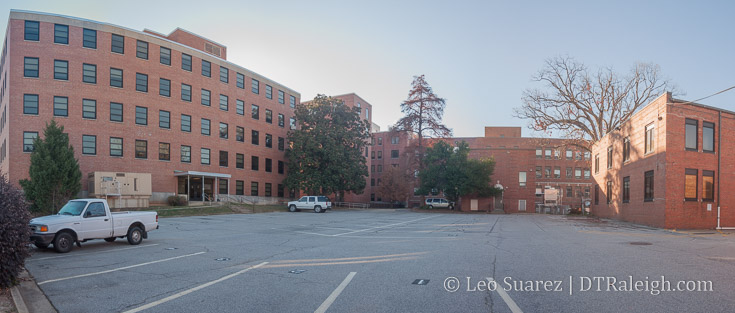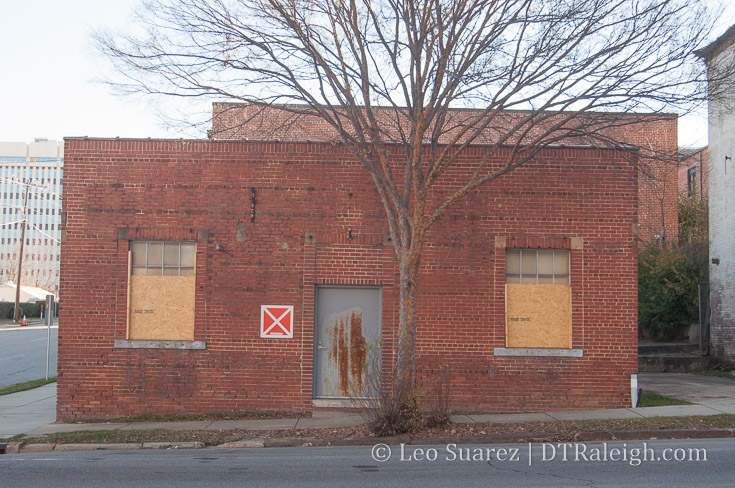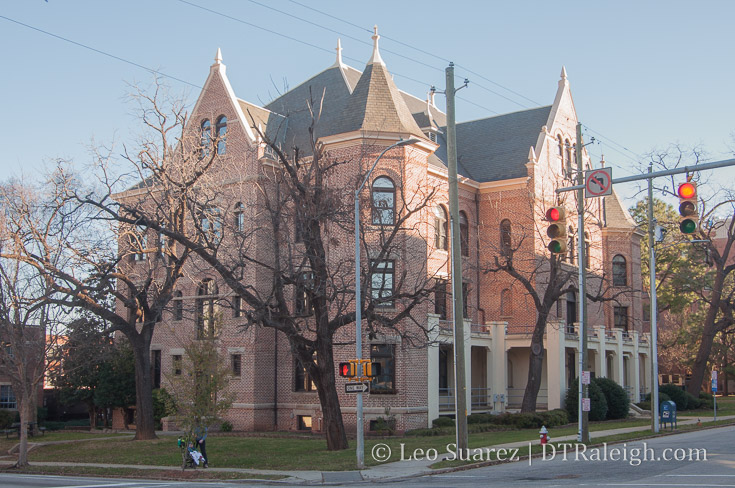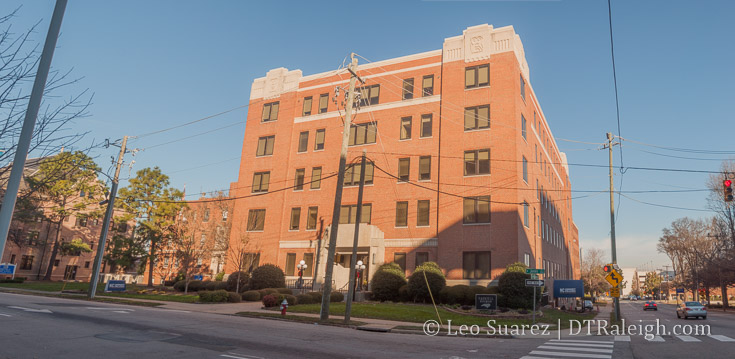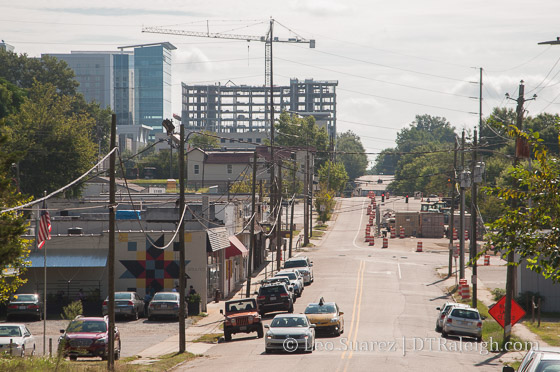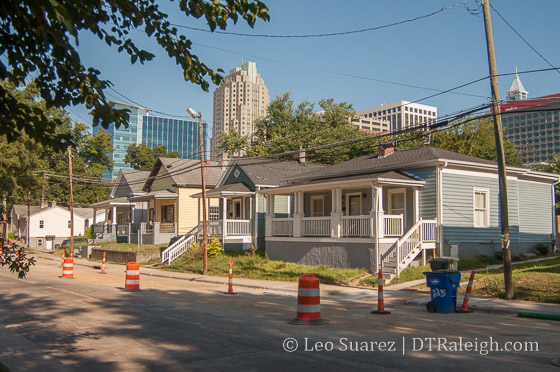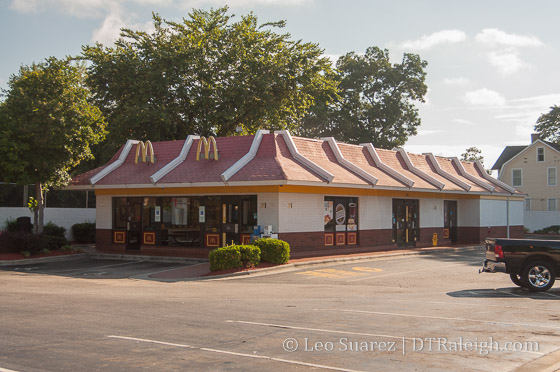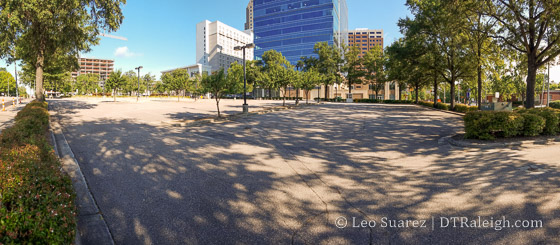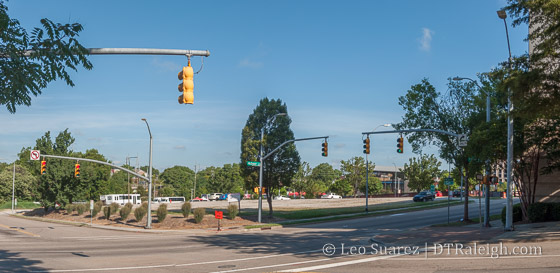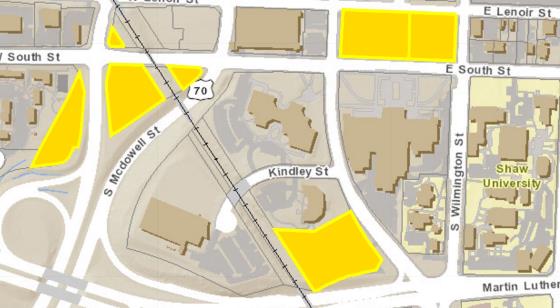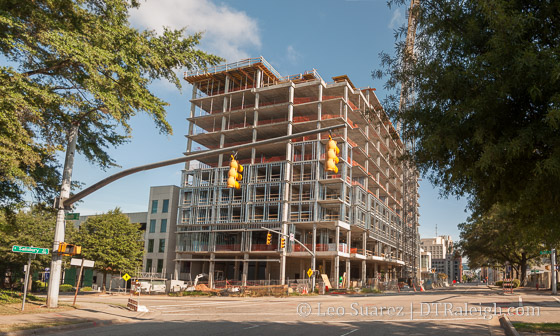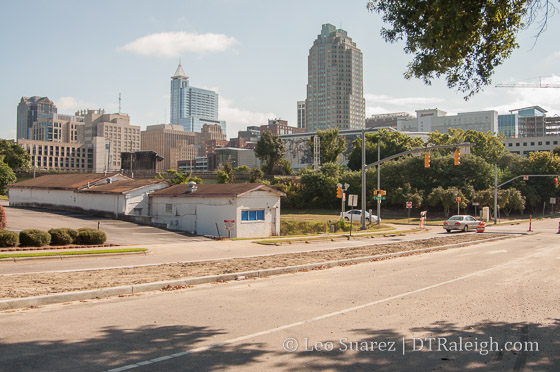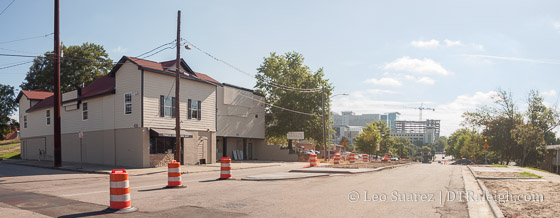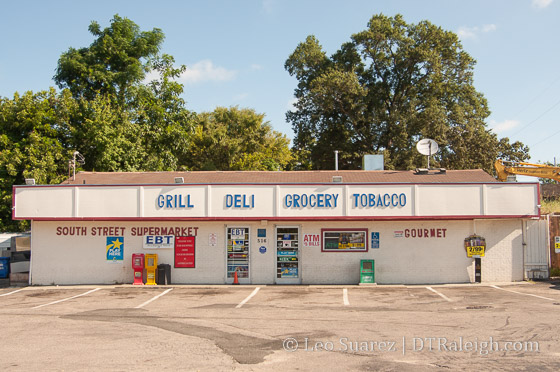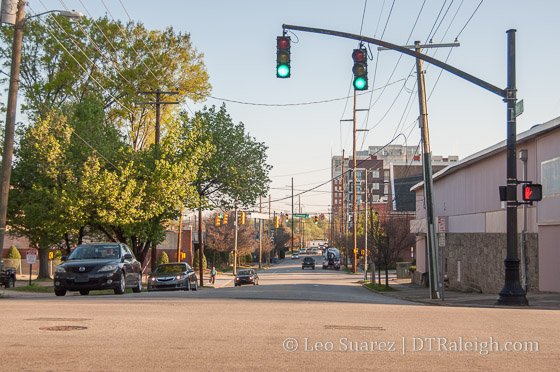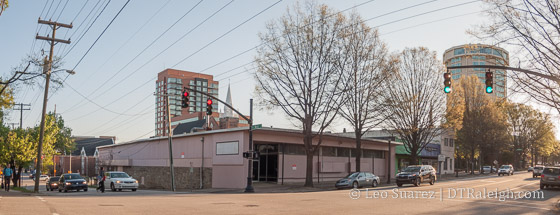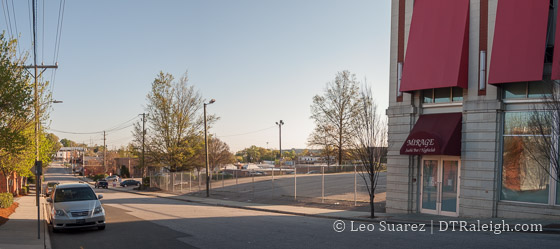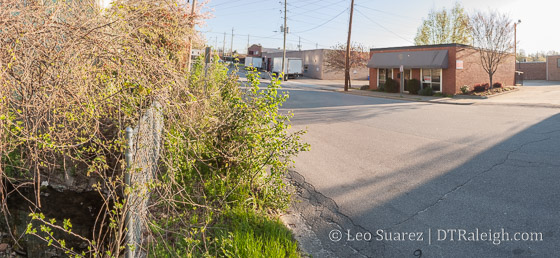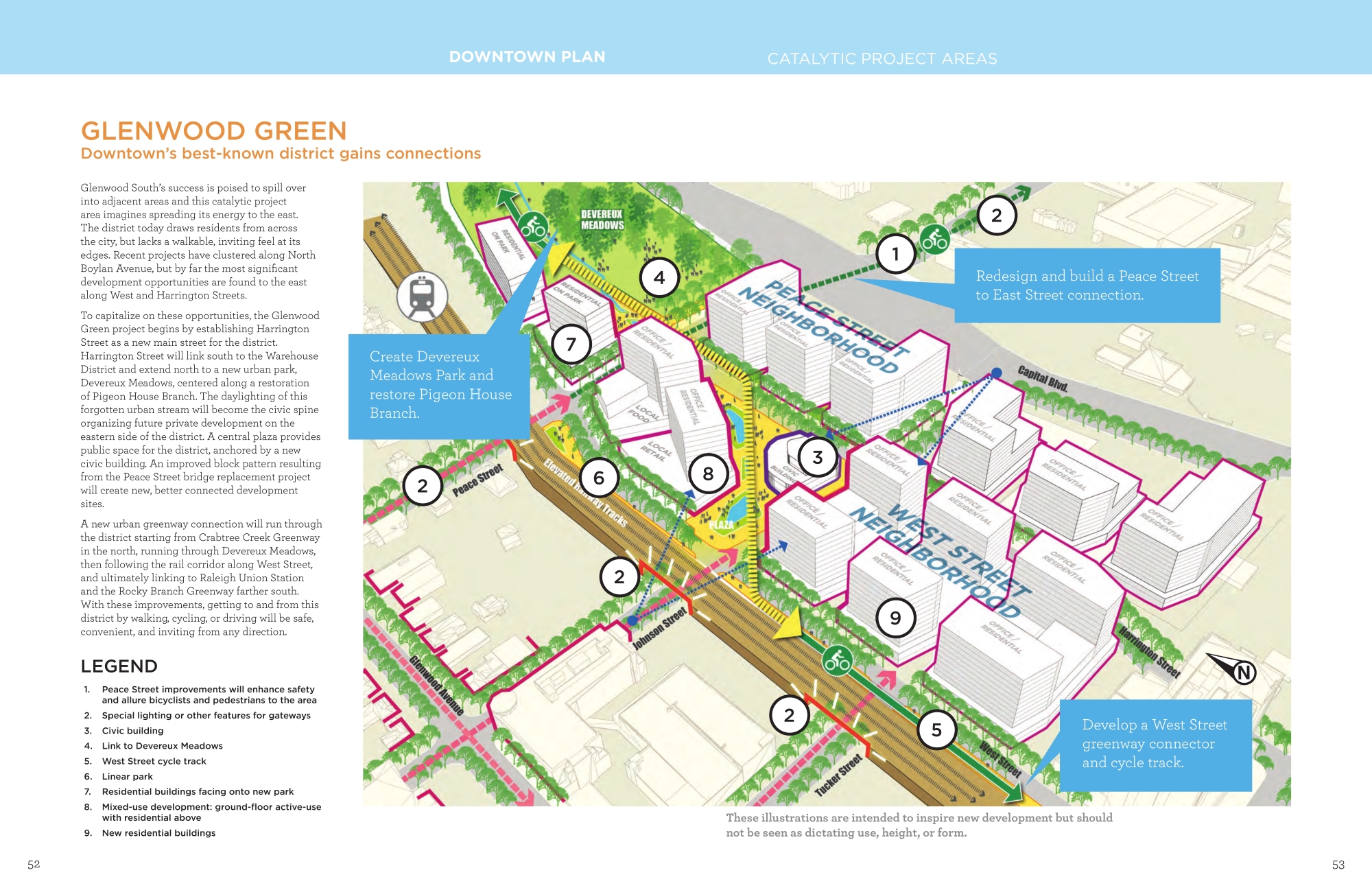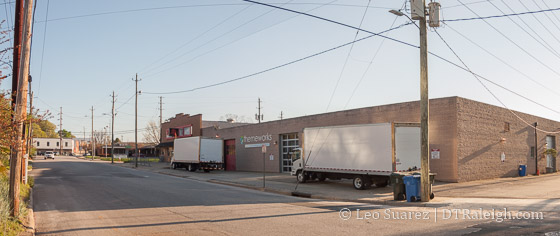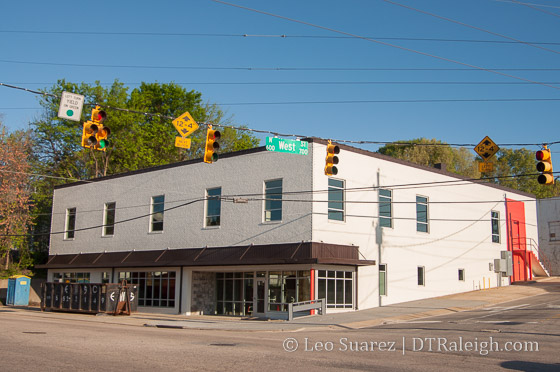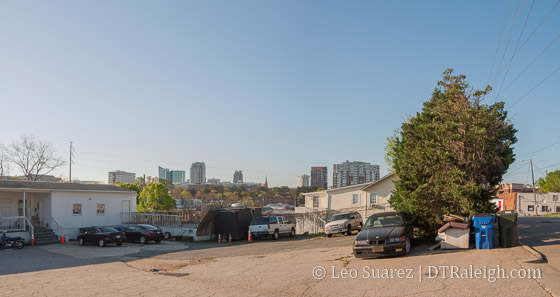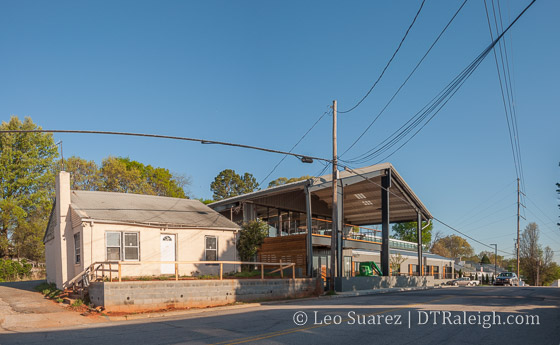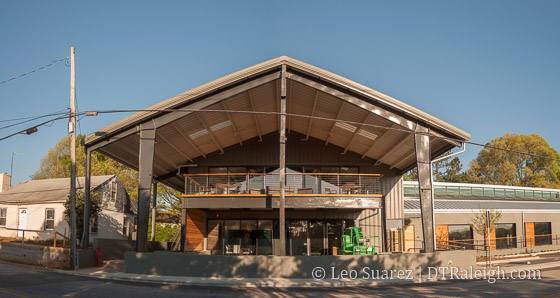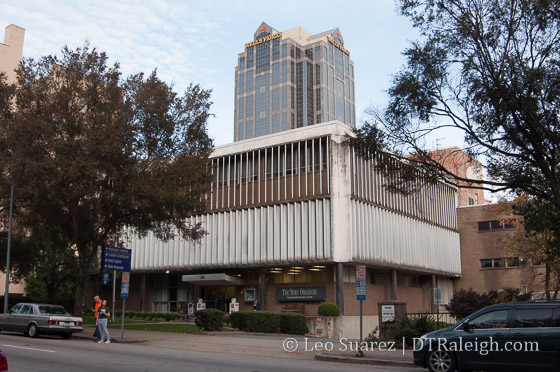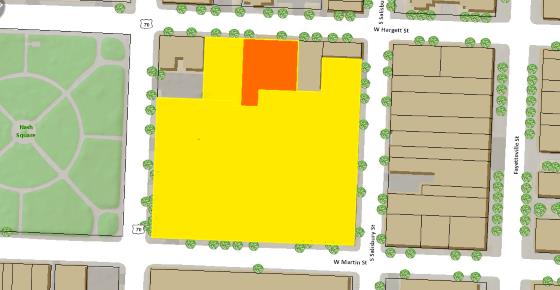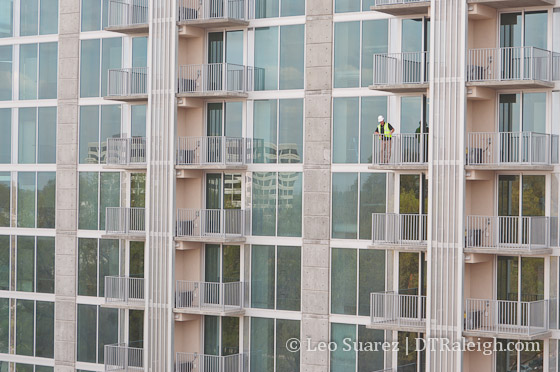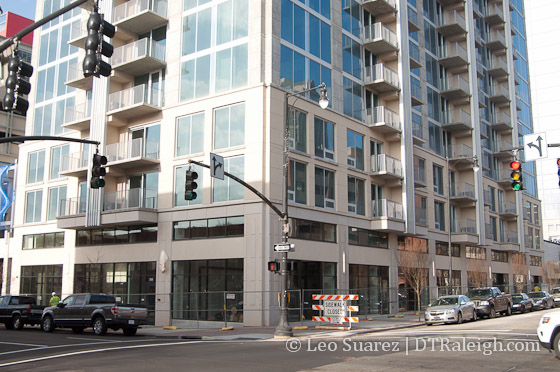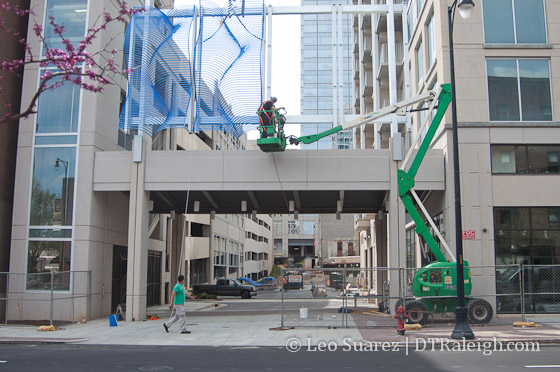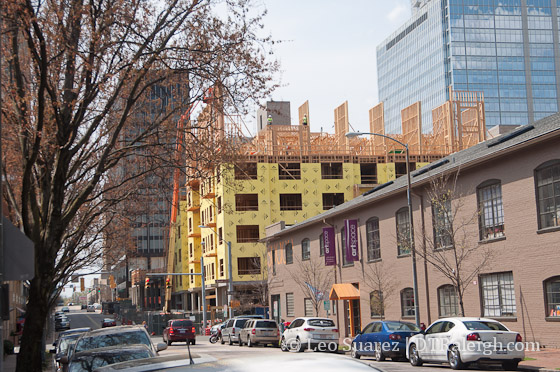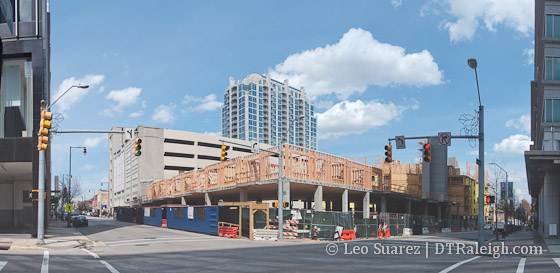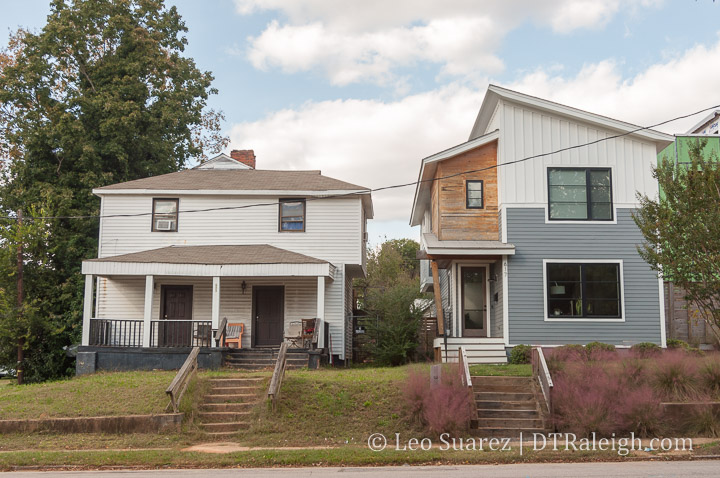
The blog and Community tend to focus on new developments in the downtown core, such as 301 Hillsborough or The Willard hotel, that we may be overlooking some other activity just on the outskirts of downtown Raleigh. I thought it time for another Walk Series post to show off the east side of downtown, mainly the New Bern corridor.
The New Bern corridor interests me mainly due to some key observations and upcoming projects:
- Planned location of the city’s first Bus-Rapid Transit route
- Increased residential units from new townhome developments
- Upcoming zoning conversations for the area
Loosely defined, for this Walk post, I’m focused on New Bern and Edenton Streets between Tarboro and East.

BRT Transit is Coming
With the implementation of the 1/2 cent sales tax for transit in 2017, higher-capacity transit, among other improvements, are being planned all over the county. Along New Bern and Edenton Streets, bus-rapid transit (BRT) will be rolling through in a few years if everything stays on schedule.
Being one of four planned BRT routes, high frequency transit will be flowing in and out of downtown Raleigh to the eastern parts of the county. Read more about the plan for BRT here.
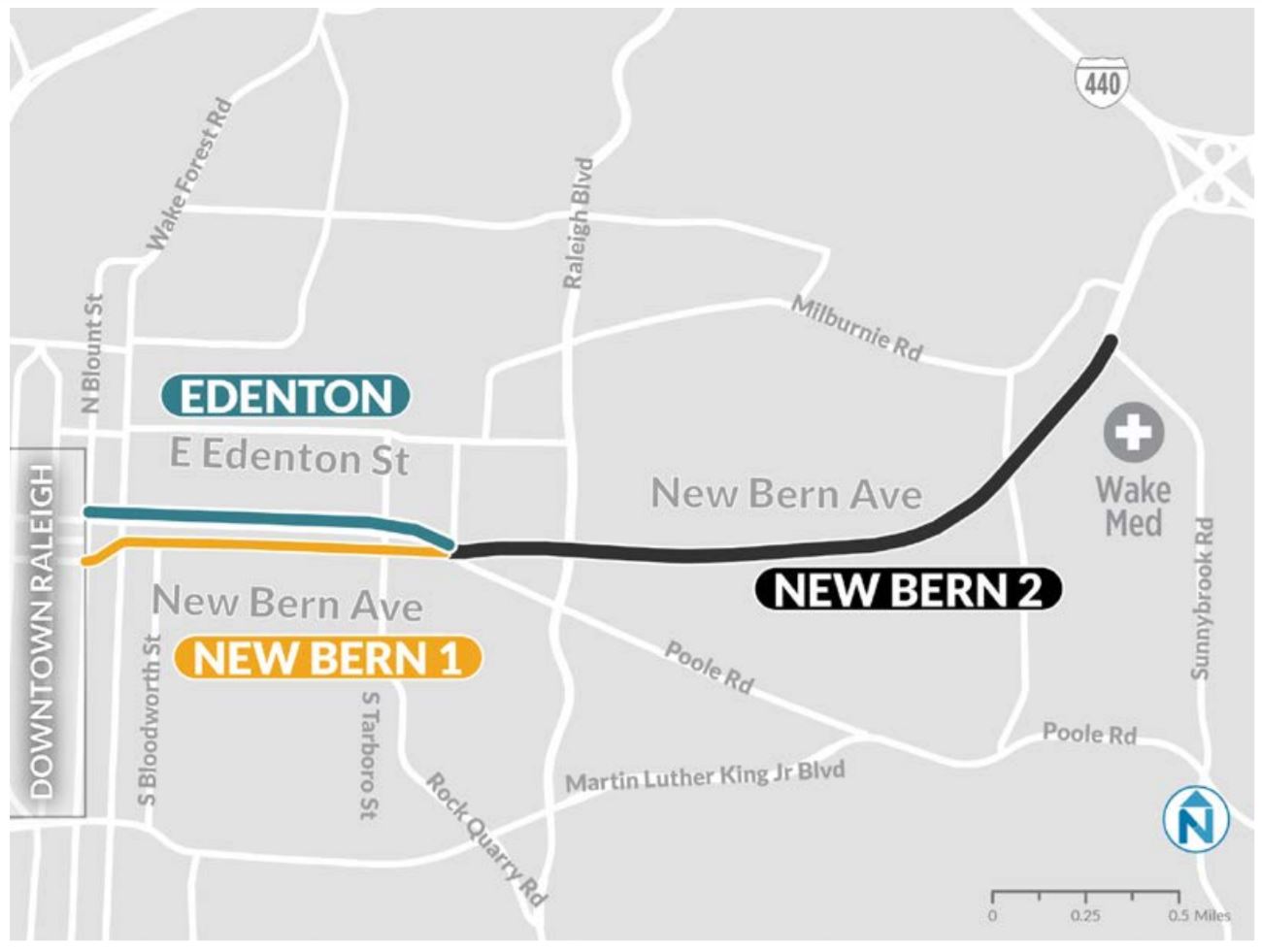
The corridor may see dedicated bus lanes, expanded bike lanes, and new sidewalks on both sides of the street. It’s a big upgrade for the same corridor that currently runs the GoRaleigh bus route with the second highest ridership in that transit system.
Tarboro and New Bern/Edenton is loosely planned to get a BRT station on this upgraded route. The next stop inbound would be downtown itself.
Last reported, before the pandemic hit, plans were to be rolling buses in 2023-2024.
From Single-Family to Townhome
Historically, the corridor consists of many larger lots with single-family homes. You can still get a sense of the character going back to the early 1900s with the bungalows and larger houses facing the street.
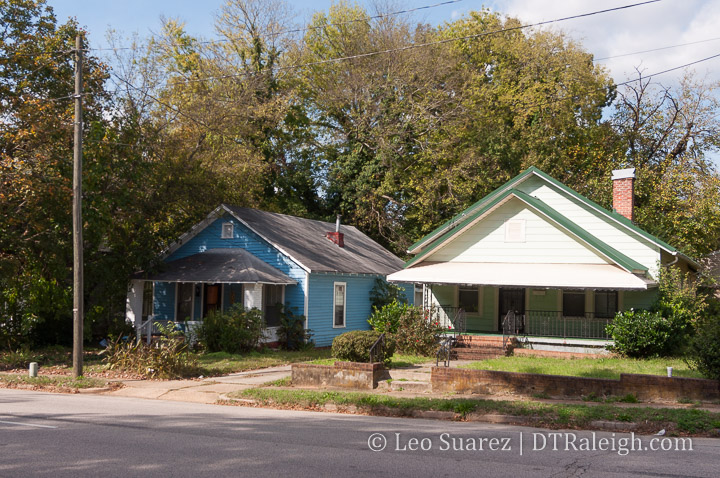
However, it’s not hard to spot some newer homes, mostly of modern architecture style, sprinkled throughout the area. These homes were popping up between about 2008 until today. These homes add a stark contrast to the area as you can see in the photos.
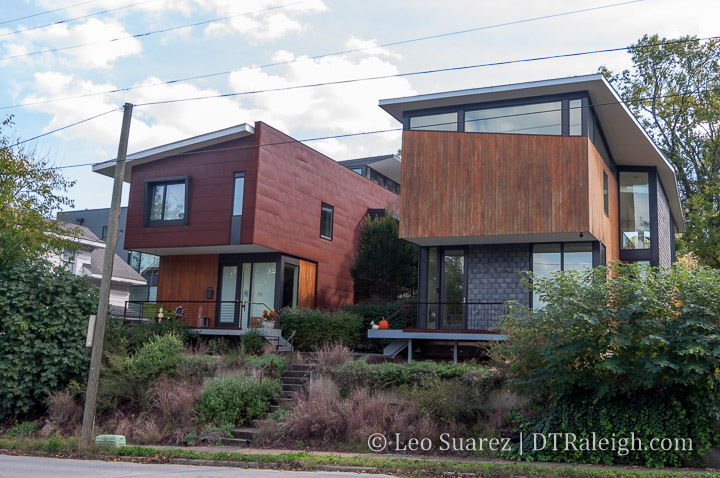
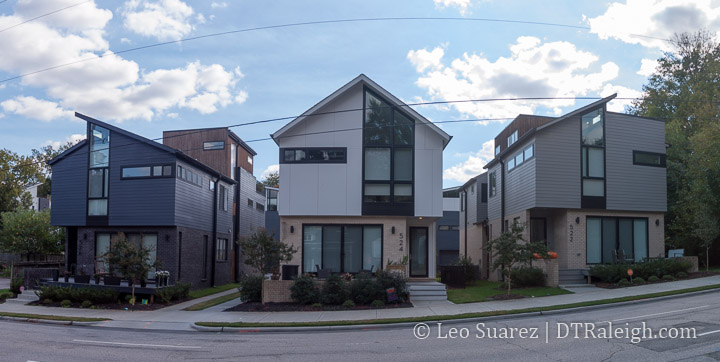
And if you really look more, the modern townhome seems to be making its way into the corridor as of recently. First, the ten-unit project named 10 Arros completed along New Bern within the last few years. Construction is currently taking place at 625 New Bern where 18 units are planned. Similar modern style as the former.
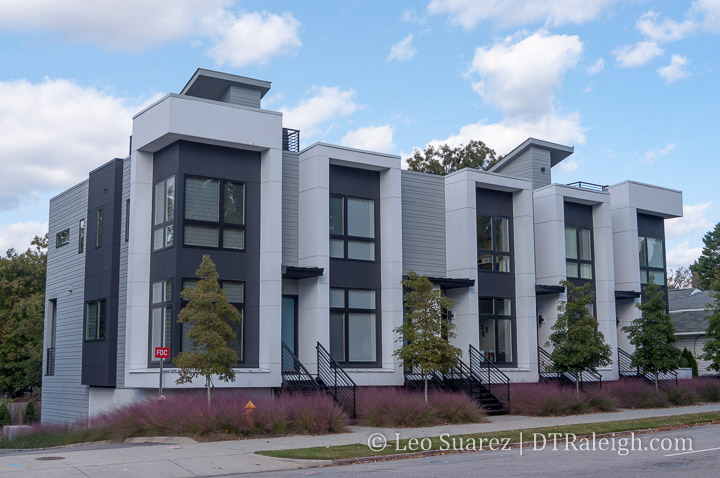
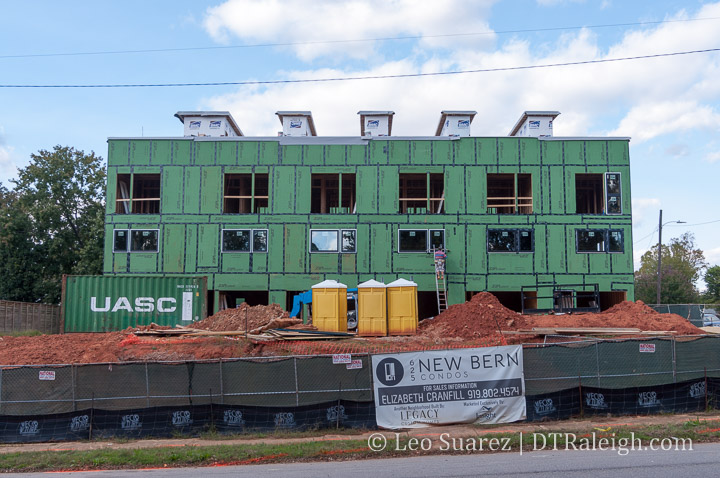
Finally, across the street from 625 New Bern is Oak City Overlook. This development plans 20 modern townhomes and land has already been cleared at the site.
Could more be coming? I’ve seen plans submitted for more and you have for sale signs like this one at 914 New Bern which advertise, “Townhome/Condo Site for Sale.”
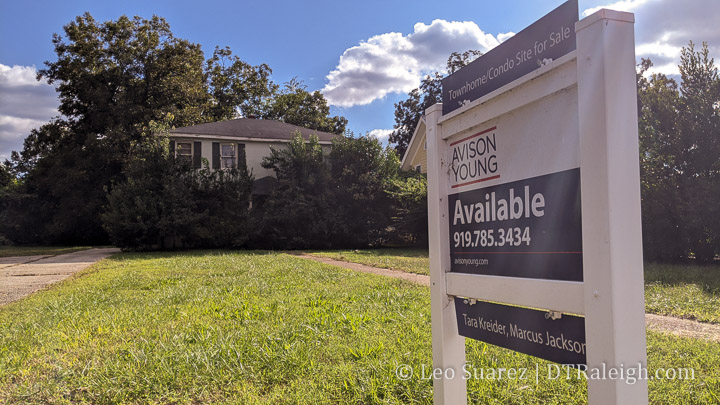
And there’s no shortage of space along this corridor. As I mentioned earlier, the single-family houses are on large lots that could easily be subdivided.
You also have the North Carolina State government vacating a large site at New Bern and Tarboro. The long-time site of the NC DMV is being vacated soon and that’ll put 5.4 acres of land a stone’s throw away from a rapid transit stop. Any development here, plus the adjacent surface parking that supported the NC DMV, could greatly change over if the state decides to sell it.
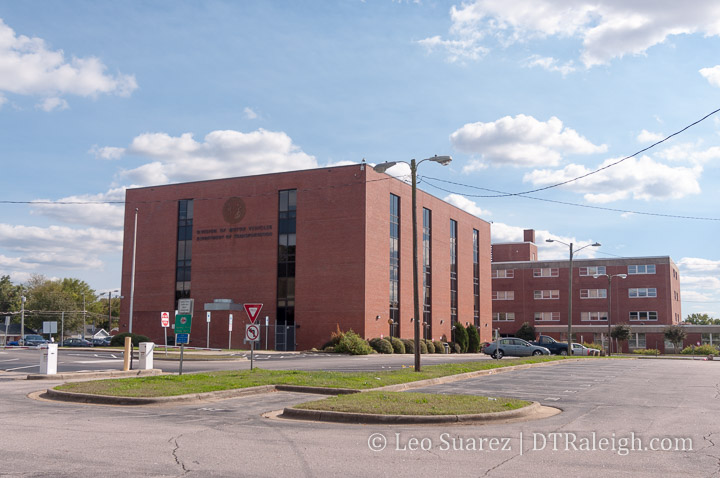
We also have 8 acres of undeveloped land at New Bern and Swain. Currently, the lot is only partially used by the Exploris school in temporary buildings but 8 acres offers a ton of flexibility, capable of a pretty transformative project. Just look at the map above, it’s that empty lot in the middle. That’s huge!
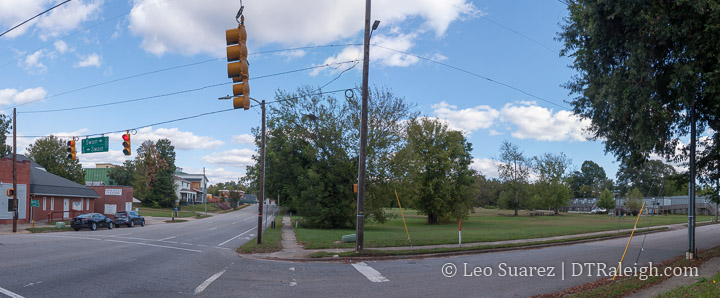
Zoning it Properly
From my perspective, you have two forces that are about to collide. The development is coming. Should transit only serve the single-family and new, high-end townhomes being built here?
To get more people access to the future transit network, an awkward conversation is soon to come, Raleigh. It’s time to talk about re-zoning the area.
This is a good time to revisit a collaborative post I did about a zoning tool called the Neighborhood Conservation Overlay District (NCOD) and it just so happens that this area has one right in the middle. Below is the New Bern – Edenton NCOD and you can see, almost everything mentioned so far sits right inside it.
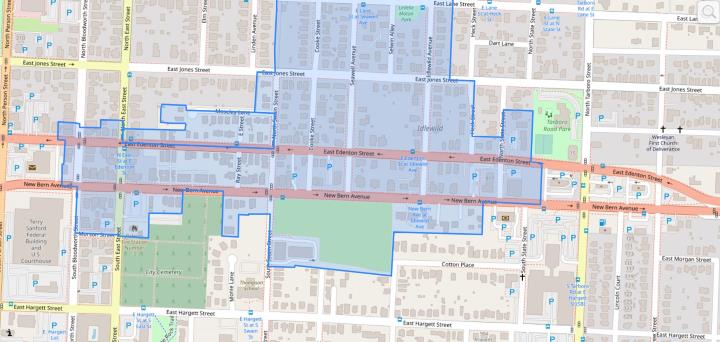
In short, the NCOD applies additional restrictions on height, setbacks, and is a tool to encourage new development be consistent with the current character. This NCOD was put in place in 1992.
To make transit more effective, these townhome developments help but we’ll need some larger projects in here to ensure additional office and residential density as they will be within walking distance of a high-frequency bus stop. It is a prime opportunity to get Raleigh residents on a car-less lifestyle at a variety of income levels.
I feel that the NCOD implemented in 1992 needs a revisit and with the current talks of more affordable housing around transit, it would be better to deliver hundreds (thousands?) of new units here rather than status quo townhomes near transit.
The land is still available but the development is starting to pick up. I’m hoping the city can start purchasing land for affordable housing as well as pushing for new zoning updates to match our 2030 and beyond goals as a city.
More conversations on this topic are sure to come.

